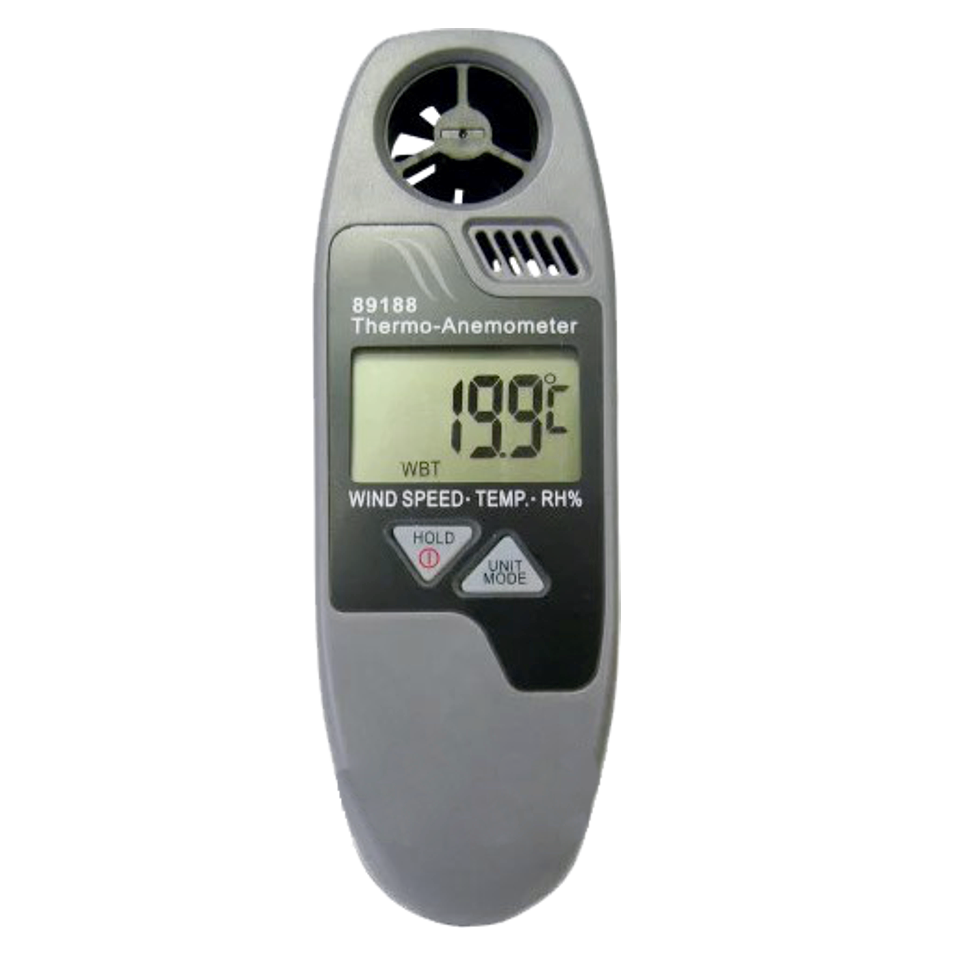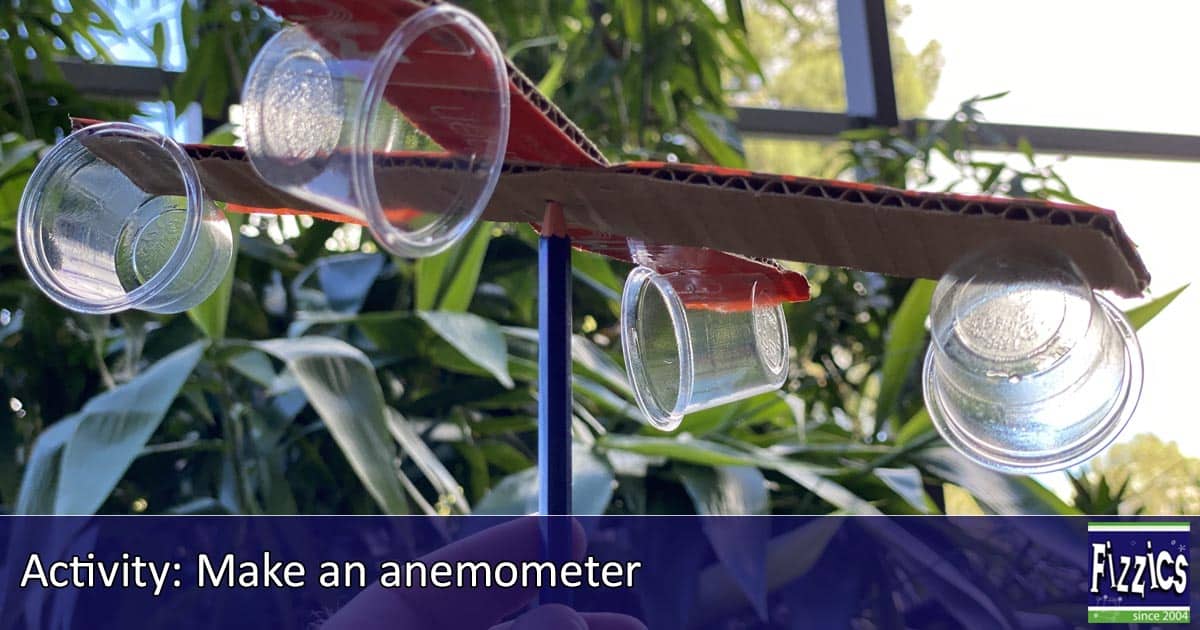Anemometers Revealed: Understanding Their Relevance in Ecological Tracking and Precaution
The function of anemometers in ecological monitoring and safety and security procedures is typically underestimated, yet their value is indisputable. From meteorology to aeronautics security, anemometers play a crucial duty in offering exact data that notifies decision-making processes and boosts overall safety and security.
History of Anemometers
The development of anemometers can be mapped back to the old worlds where basic wind gauging tools were first made use of. One of the earliest known anemometers was the hemispherical mug anemometer developed by Leon Battista Alberti in the 15th century.
In the 18th century, the renowned scientist John Thomas Romney Robinson presented the Robinson anemometer, which featured four hemispherical cups installed on horizontal arms that expanded from a main axis. This design ended up being a requirement in meteorological dimensions due to its accuracy and reliability. Throughout the years, advancements in technology brought about the development of more modern anemometers, including ultrasonic anemometers and laser Doppler anemometers, providing boosted accuracy and performance in gauging wind rate and direction. The background of anemometers showcases an impressive journey of technology and development in the field of meteorology.
Kinds of Anemometers
Throughout the field of meteorology, different types of anemometers have actually been established to properly measure wind rate and instructions. Sonic anemometers use ultrasonic signals to determine wind rate and instructions accurately. Hot-wire anemometers run based on the concept that the cooling impact of wind on a warmed cable is proportional to the wind rate.
Applications in Meteorology
Having actually discussed the different kinds of anemometers made use of in meteorology for measuring wind speed and direction, it is important to discover their sensible applications in the area. Anemometers play an important function in weather forecasting by providing precise and real-time data on wind problems (anemometer). Meteorologists use anemometers to check wind speed and instructions to anticipate climate patterns, concern warnings for serious weather events like storms, hurricanes, and twisters, and evaluate atmospheric problems for aeronautics safety and security
In weather forecasting, anemometers assist in recognizing neighborhood and regional wind patterns, which are important for predicting weather adjustments and establishing weather fads. These gadgets are likewise used in research to research microclimates, metropolitan warm islands, and air pollution diffusion. In addition, anemometers are used in agriculture to optimize plant administration methods, such as irrigation and chemical application, based on wind conditions.
Importance in Aviation Safety
An integral facet of guaranteeing aviation safety and security exists in the precise monitoring of wind problems using anemometers. Anemometers play a vital duty in aeronautics by giving real-time data on wind rate and instructions, helping pilots in making educated decisions throughout trip, liftoff, and landing. Solid and unforeseeable winds can considerably influence aircraft operations, making it essential for aeronautics authorities to rely on precise wind dimensions to guarantee the safety and security of travelers and staff.

In the dynamic environment of aviation, where even small modifications in wind speed and instructions can have profound impacts, anemometers stand as vital tools for promoting risk-free and secure flight.
Function in Environmental Study
How do anemometers add to advancements in environmental study? Anemometers play a critical role in environmental study by supplying essential information on wind rate and direction. This info is important for recognizing various atmospheric procedures, such as air contamination dispersion, weather condition patterns, and environment adjustment. By precisely gauging wind attributes, anemometers help researchers analyze the movement of contaminants airborne, examine the influence of industrial discharges, and forecast the spread of impurities in the setting.


Conclusion
In conclusion, anemometers have played an important duty in ecological surveillance and precaution. With an abundant background and different kinds offered, these gadgets have been commonly utilized in meteorology, aviation safety, and ecological study. Understanding the importance of anemometers is important for accurately measuring wind rate and instructions, which is essential for predicting weather patterns, making certain safe aeronautics procedures, and performing environmental research studies - anemometer. Their payments to these fields can not be undervalued.
One of the earliest recognized anemometers was the hemispherical cup anemometer created by Leon Battista Alberti in the 15th century. Over the years, improvements in modern technology led to the development of more modern anemometers, including ultrasonic anemometers and laser Doppler anemometers, offering enhanced precision and effectiveness in measuring wind rate and instructions. Hot-wire anemometers run based on the concept that the cooling result of wind on a heated cord is symmetrical to the wind speed. Meteorologists utilize anemometers to check wind rate and instructions to anticipate weather patterns, concern cautions for serious weather condition occasions like storms, storms, and tornadoes, and analyze climatic conditions for aviation safety and security.
Recognizing the significance of anemometers is essential for accurately determining wind speed and instructions, which is vital for anticipating climate patterns, making certain risk-free air travel procedures, and carrying out environmental studies. (anemometer)